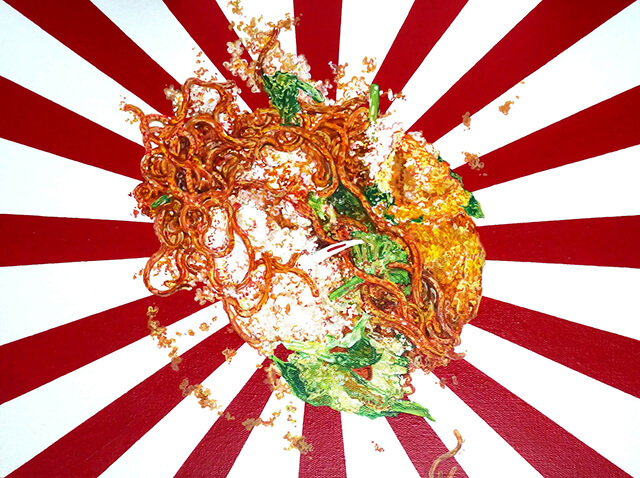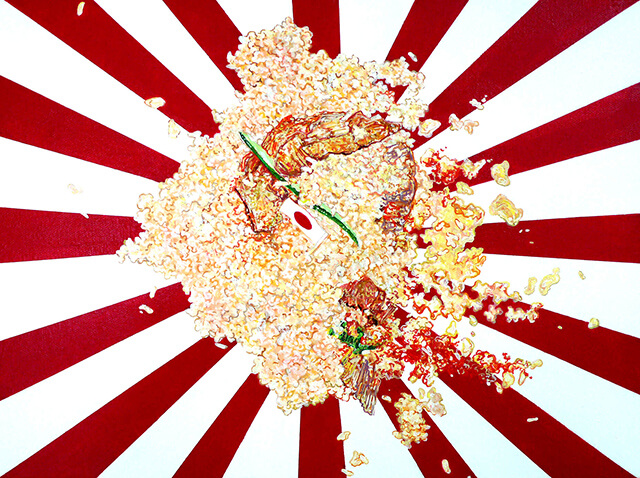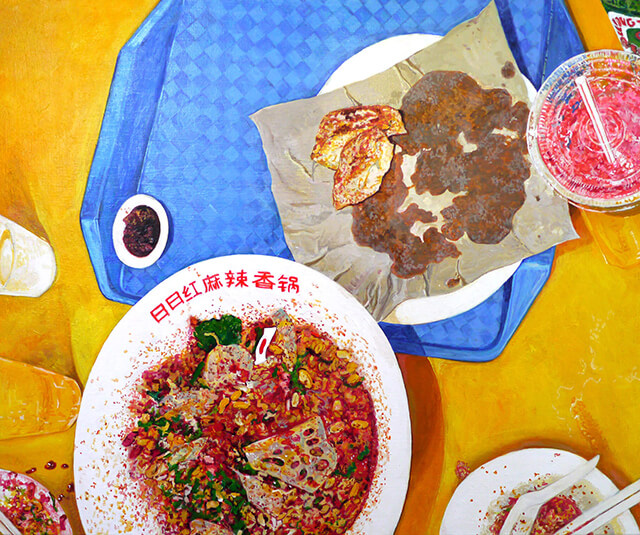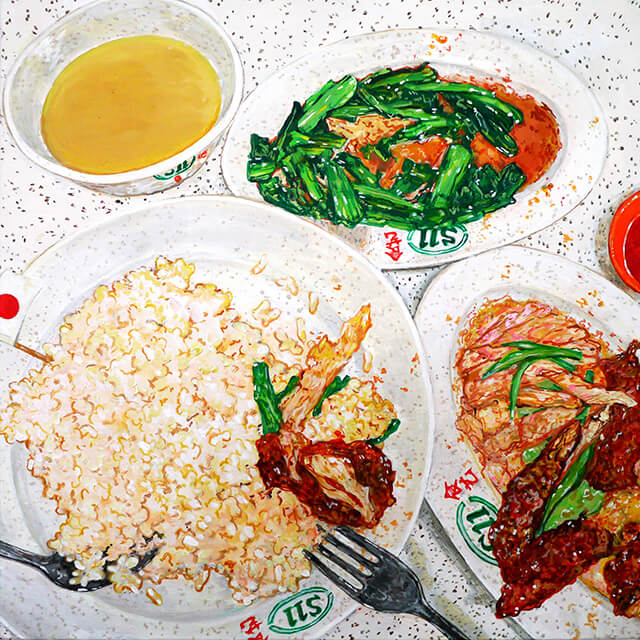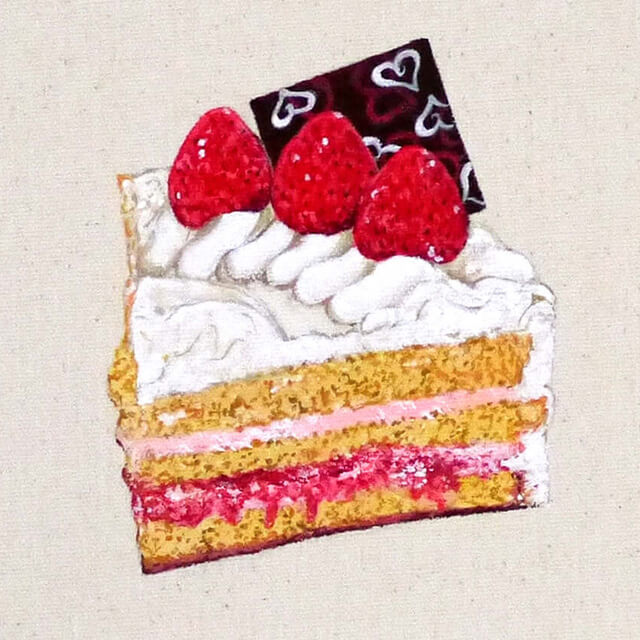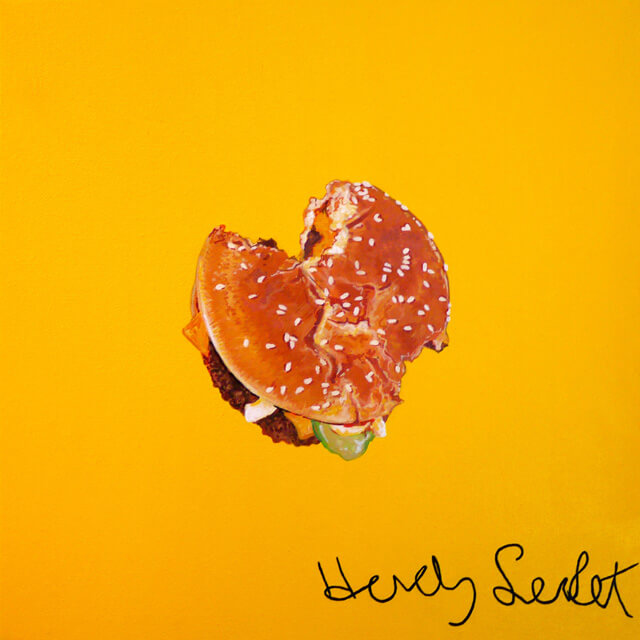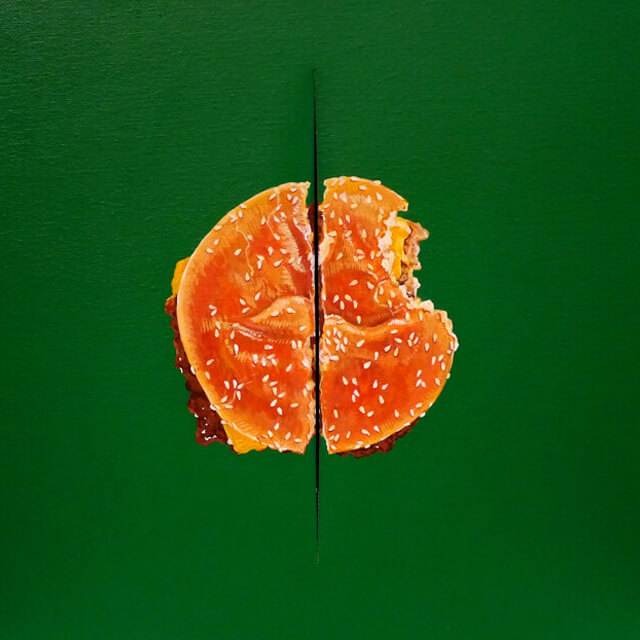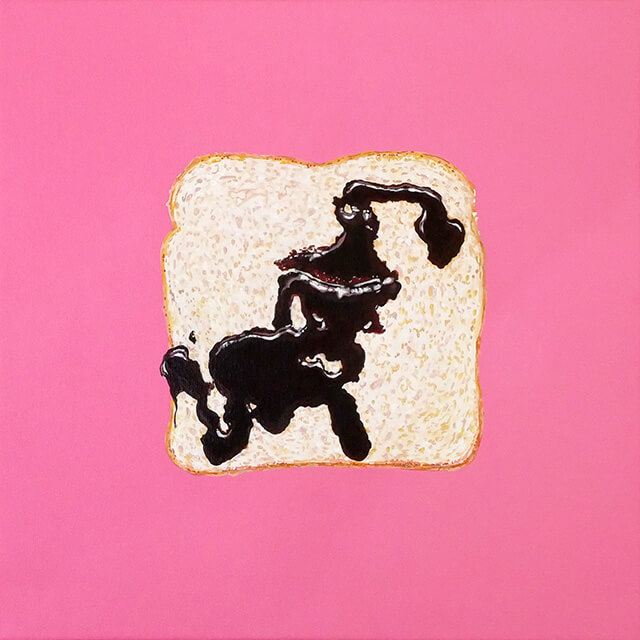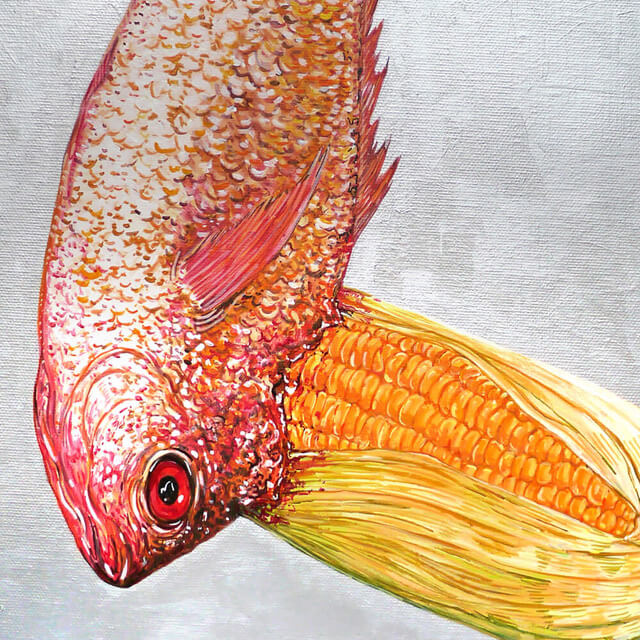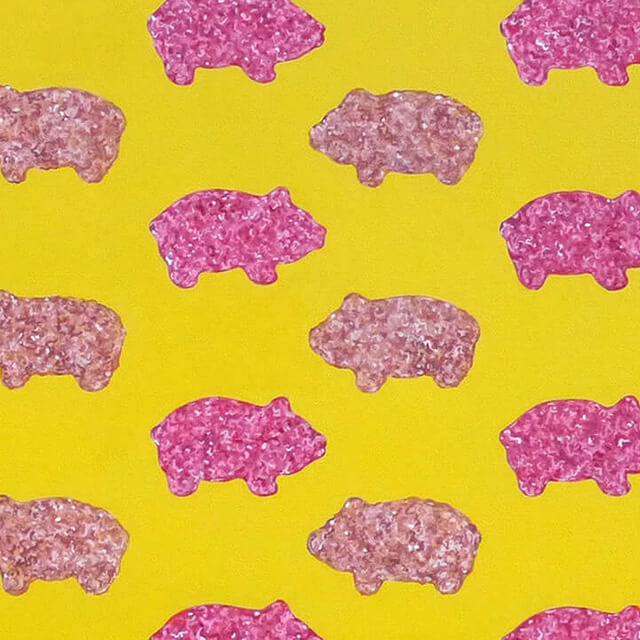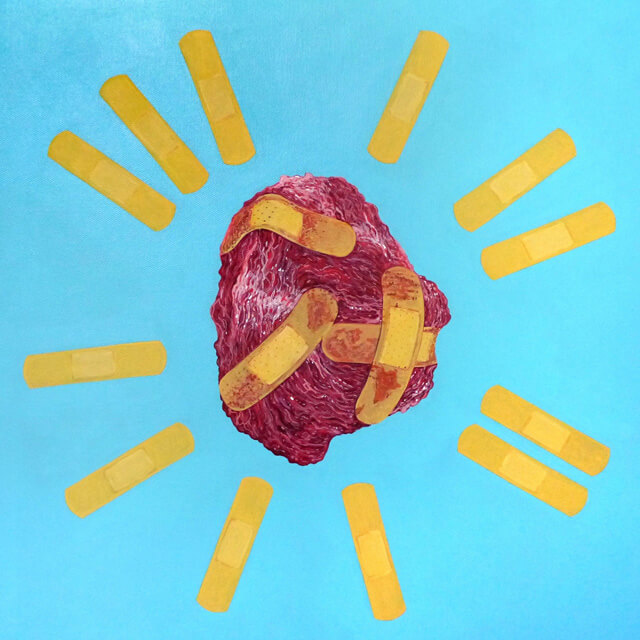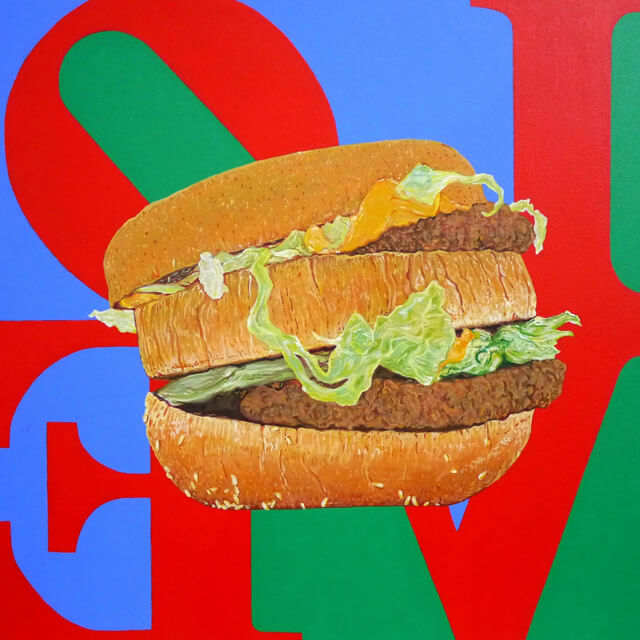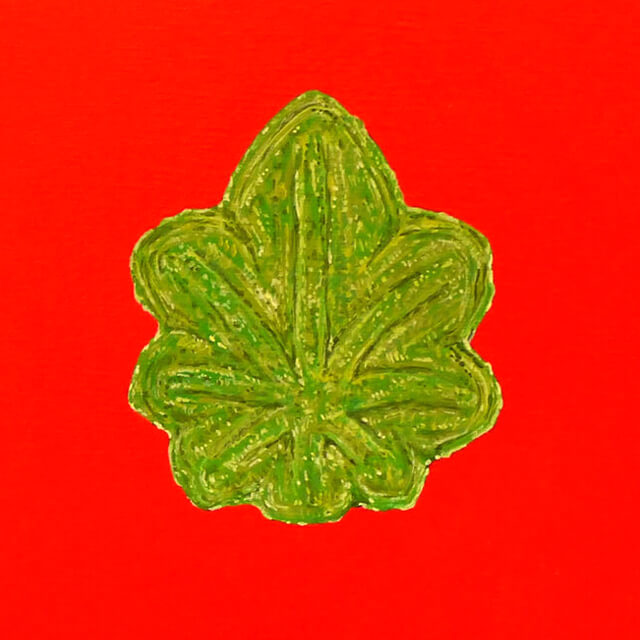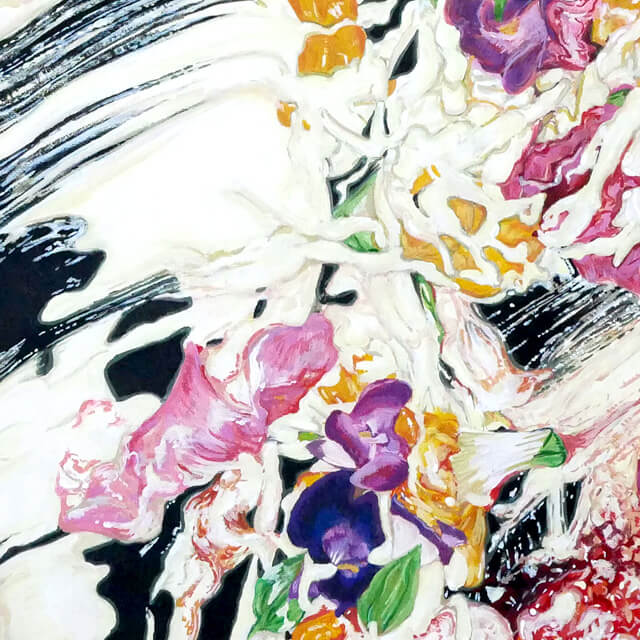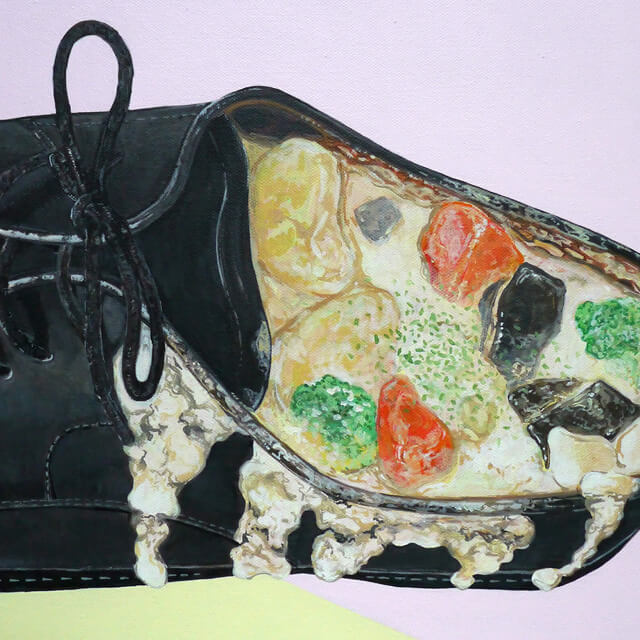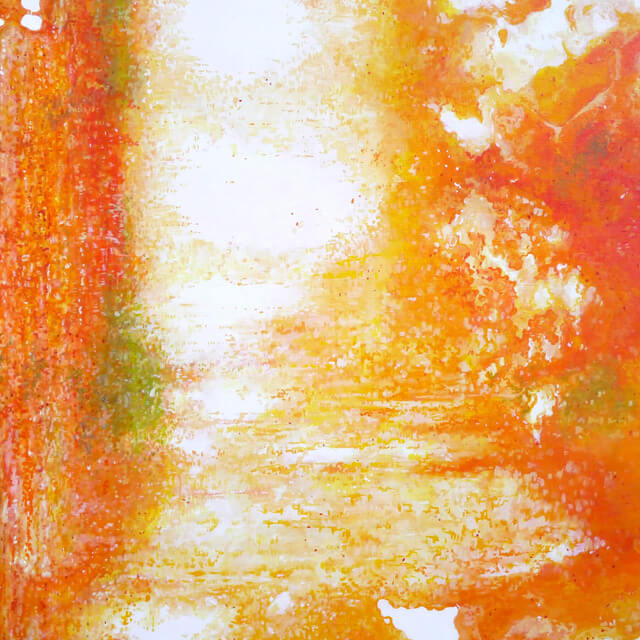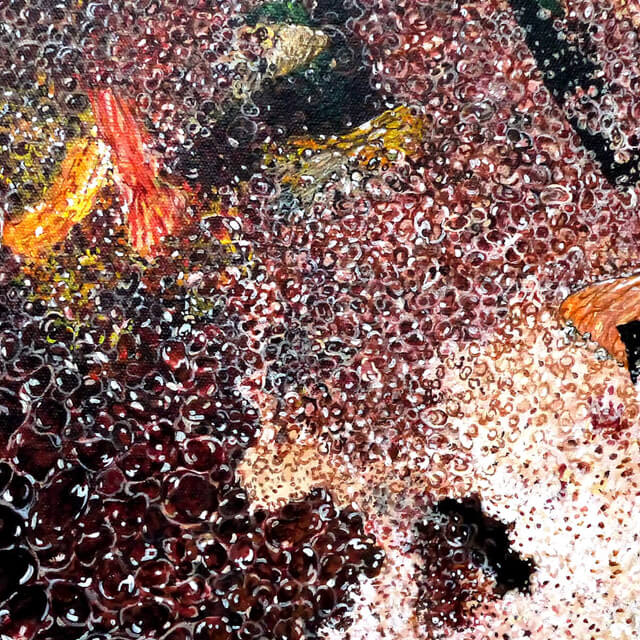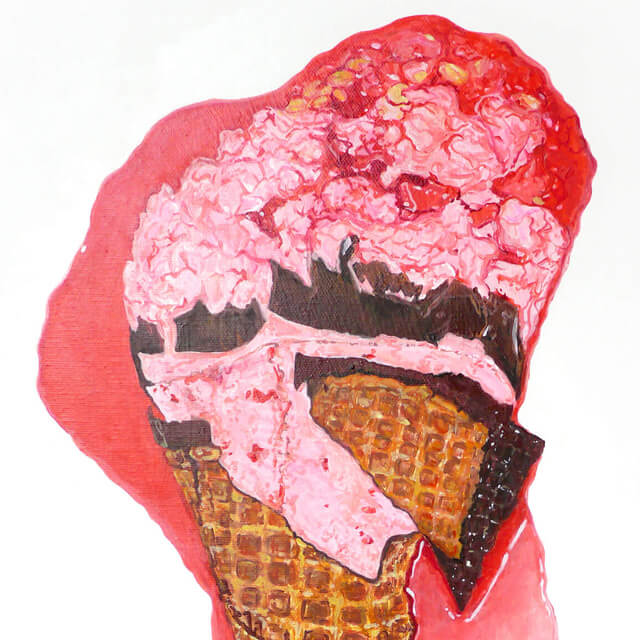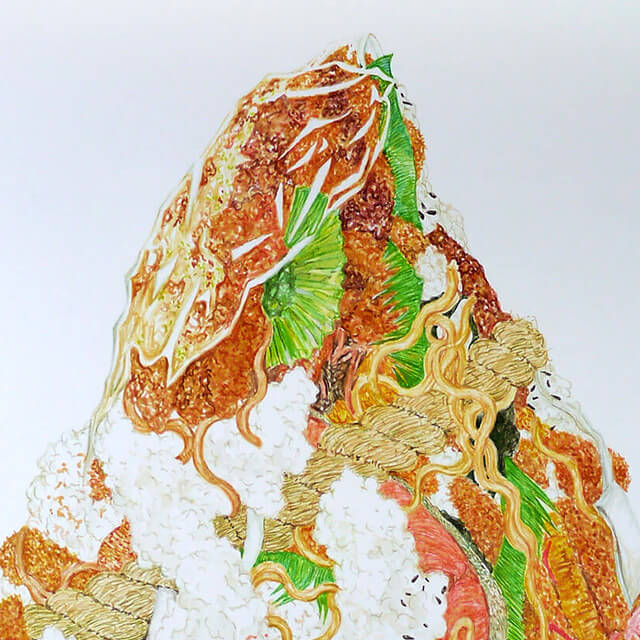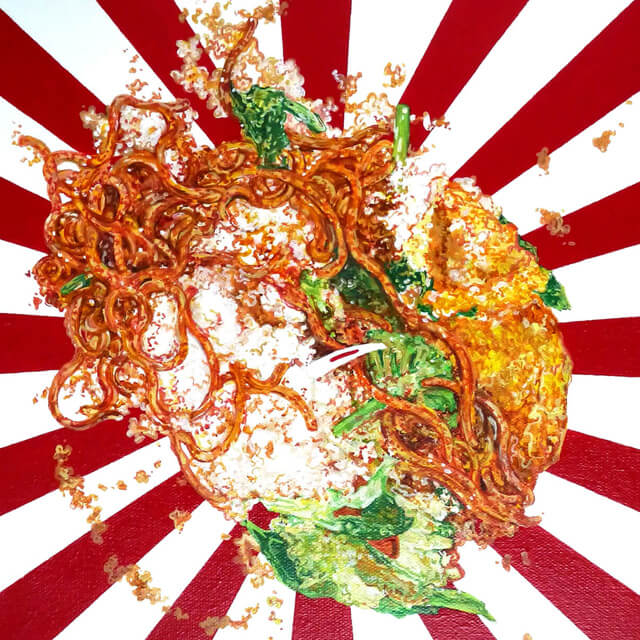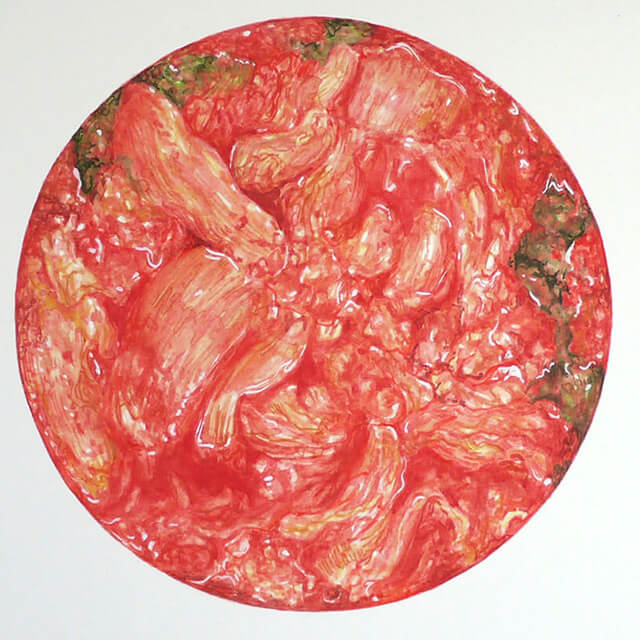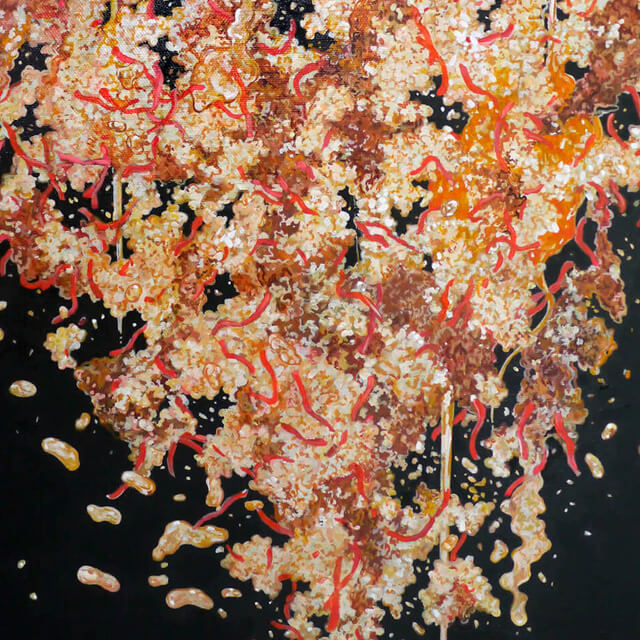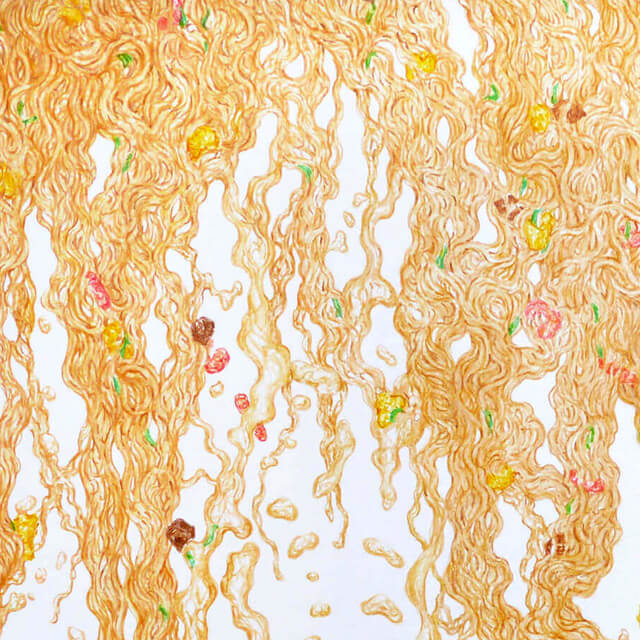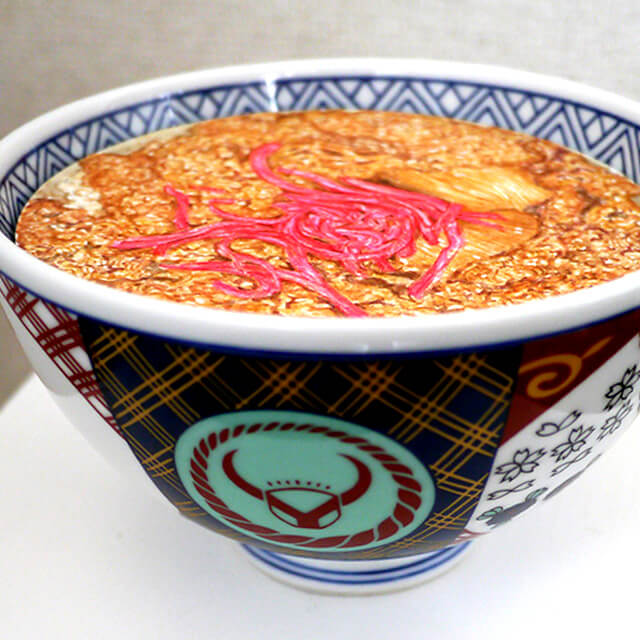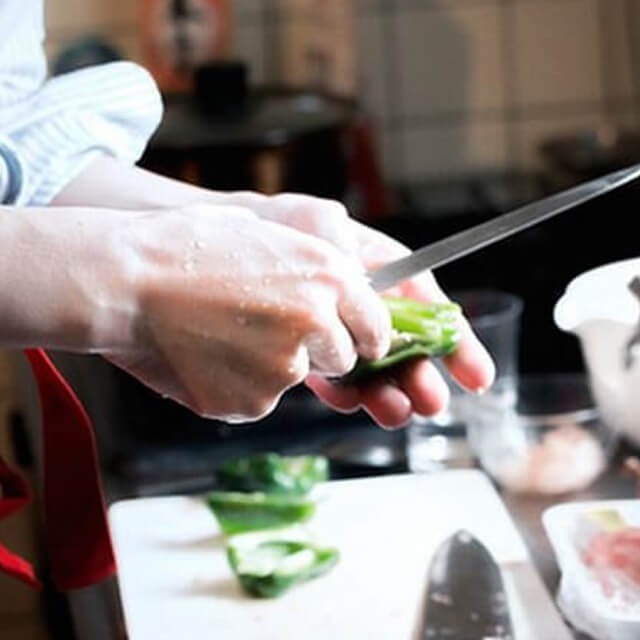Concept behind the "Double Flag" Series
Japan occupied Singapore from 1942 until 1945 and named it Shonan Island, as it was an island of the south (nan) that it acquired during the Showa period. Over 70 years have passed since then. Present-day Singapore is now prosperous enough to lead Asia, and to all appearances, no traces of this history remain. On the other hand, if one speaks to the old people who were alive during WWII, they will recall the word "Shonan" quite easily, and the island of Singapore has quite a number of memorials and museums related to this history.
Certainly, the war has ended, and the occupation of Singapore also ended long ago. However, the historical fact of Japan's invasion will exist forever. Although there are no attacks whatsoever on Japan or Japanese people. This situation appears peculiar to me, an entirely Japanese person. I am forced to feel the gap between the lightness of the current reality and the weight of historical facts.
This series is an attempt to compare and rethink the present and past of Japan and Singapore. Completely everyday Singaporean meals are cut out, and the toothpick poles of the rising sun flags from Japanese children's lunch sets are stuck into them. These decorations could be said to be mere trifles, but by using the Japanese wartime flag in the background, they take on implications for the present. Planting a national flag often has the meaning of conquest, and it is hardly necessary to say that this was the case for the rayed sun flag used as an ensign by the Imperial Japanese Army.
A flag on top of a flag, the lightness of the symbols and the weight of the meanings in real life: is this just art, or is it political propaganda which cannot be overlooked? By employing a double structure, in various senses, this series hopes to reveal the inherent ambiguity of so-called "historical understanding."







